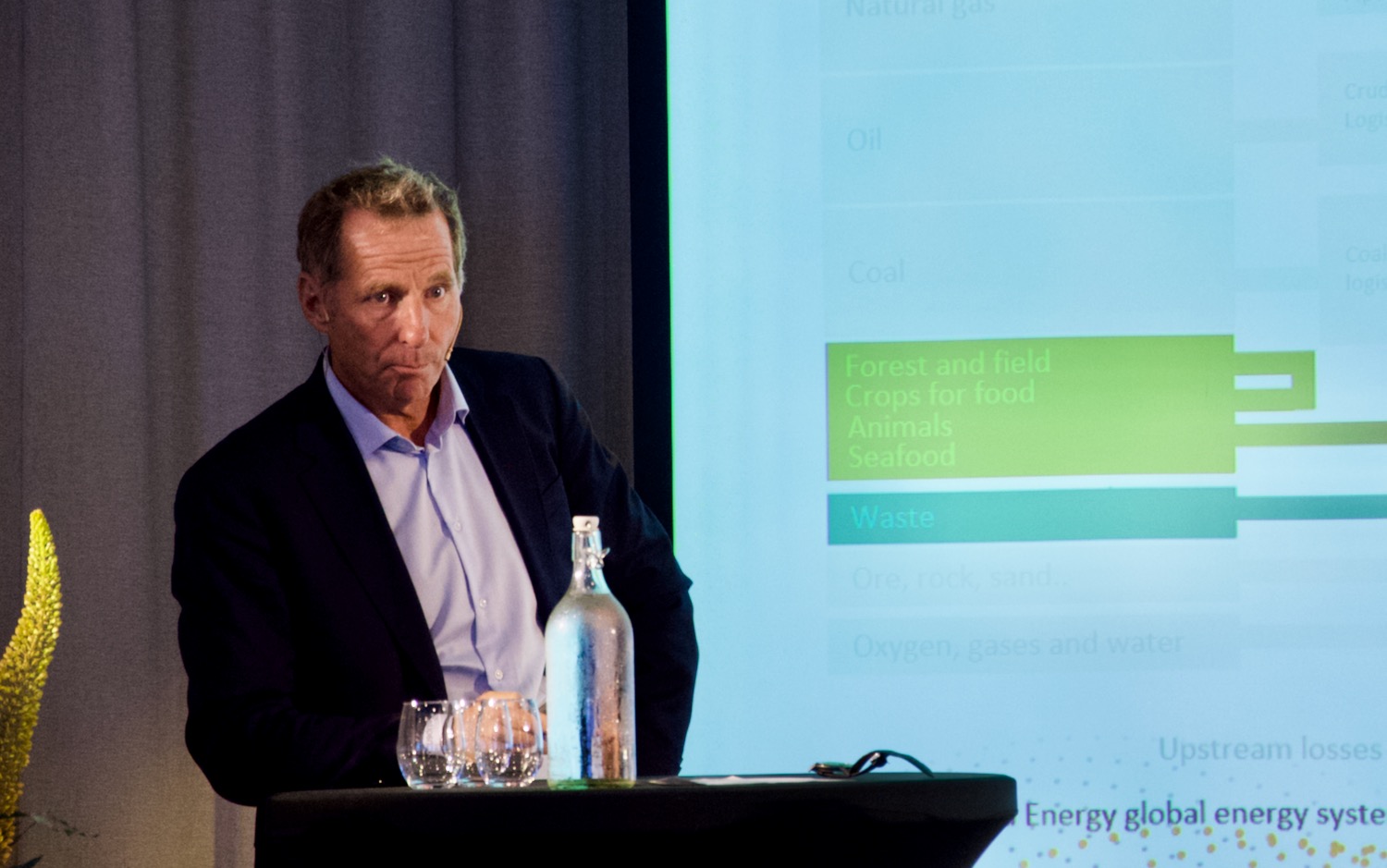In its newest Renewables & Power Trend Report, energy analysts Rystad Energy states: “Wind energy faced cost issues, supply chain bottlenecks, delays, permitting problems and rising quality concerns. On the other hand, the solar energy industry witnessed a positive trend as earlier parts of the supply chain improved, China added massive manufacturing capacity and rising concern in Western countries around China’s dominance over supply chains.”
The dip in European power generation in 2023, combined with higher renewable and nuclear output, led to fossil fuel generation plummeting by 207 TWh last year, the largest year-on-year decarbonization shift in the power sector. Gas-fired generation fell over 20 per cent (89 TWh) in 2023, with coal plant use down 25 per cent (118 TWh). The combined year-on-year reduction of gas and coal generation was the largest on record, with the consumption of coal for power reaching the lowest levels this century.
From a regional perspective, European power demand declined by about 2.7 per cent in 2023, marking the second year of a significant drop in power demand. However, Rystad Energy expects this trend to reverse in 2024, with an estimated 2 per cent year-on-year increase.
“This increase is expected to be fueled by higher industrial and residential demand, lower power prices and further normalization in the power market. This would still represent relatively low demand, compared to “pre-energy crisis” levels, but it represents a further step towards normalization in European power markets,” according to Rystad Energy.



